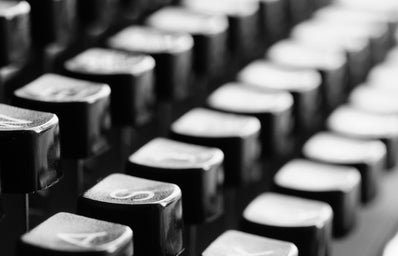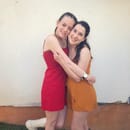If you are trying to do better in school, whether high-school, college, or graduate school, it is imperative to study. However, there is a common misconception that the more you study, the better you will do on your exam. Spending hours in the library highlighting, re-reading, making flashcards, taking practice exams, and other techniques may seem like they the best type of studying, but, in reality (according to science), there may be more effective ways for you to get that A you’ve been striving for. he main idea is to study smart not long. Just because you cram out hours in the library or watching lectures in your floor study room does not mean you are learning or processing information. It is both a waste of energy and time to study for hours on end, with the assumption that more time is more beneficial. By far, the most effective way to study is to study for a small amount after every class. This is known scientifically as Repeated Spaced Out Learning (RSOL). Once you get out of class or have free time, write and compile all of your notes into a single folder. Then, take keywords and create flashcards. Review using the flashcards or any other technique for 15 – 30 minutes after every class. That’s it! This first step is just to make sure you have the information in one area and that you “retrieve” what was said in class. It is also to prepare for future studying.
The point of the RSOL method is to study a little bit every day, or every other day, rather than have a cram out session the night before the test. Not only will you do better on your test by using this method, but you’ll spare yourself the all-nighter. By no means is this process easy, it is just easier than studying the normal way. The hardest part about it is having the discipline to do it repeatedly, but after you see the results of the test after using the method, you will realize how beneficial it is.
Below is an example of the two different types of studying. Person A follows the “I study right before the test” method and Person B follows the Repeated Spaced Out Learning method (RSOL).
As you can see, Person A spends little time studying during the first weeks of the class. Whereas Person B studies 15-30 minutes after each class, which adds up to over 4 hours worth of studying. Mid Semester, Person A starts to fall behind, despite doing the required homework. She feels more stressed about the class and starts studying more each week. Person B, on the other hand, feels confident in the information up to the current class and can study new information without much stress. As the week before the exam comes around, Person A is stressing, or, like me, is frantically panicking. She studies a few days before the exam for at least 2-3 hours per session. She is not that productive nor can remember much of the information because she has crammed it all in a short time period. Person B, on the other hand, has prepared for this week. She already knows the information, as one is more likely to remember given information after short repeated repetition, and can focus her time on more challenging work.
The RSOL method may seem hard, especially in the eyes of a procrastinator, but in reality, it isn’t that tough. When I started it I realized that not only was it not anxiety-inducing, like my previous method of studying two days before a test, but it boosted my confidence. I was actually excited — gasp! — for my midterm. So try it out for yourself!



